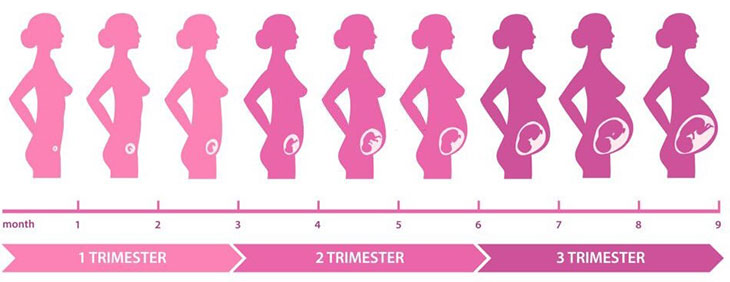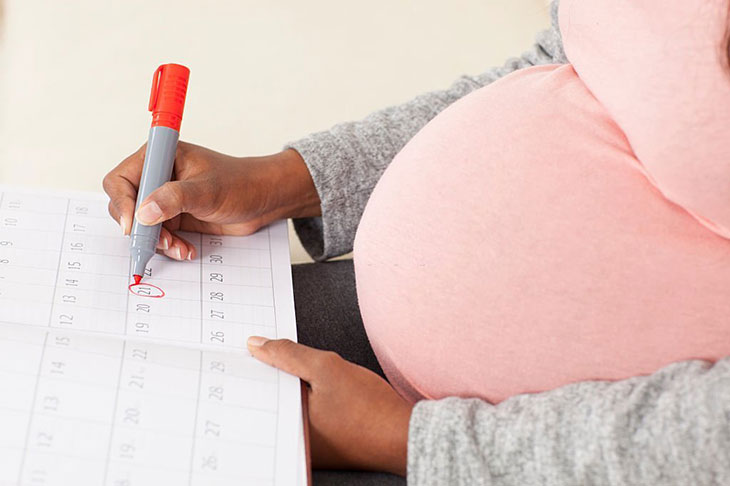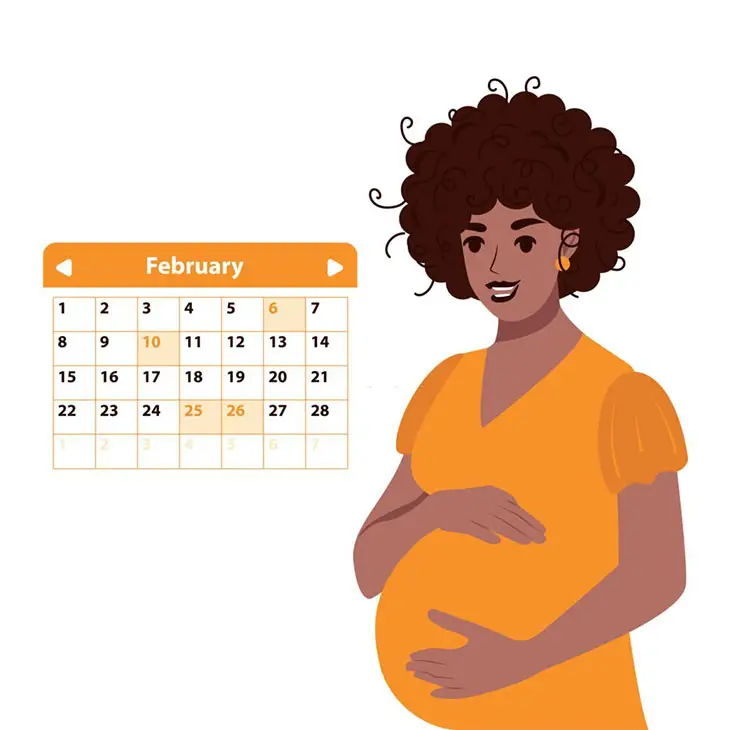The anticipation of welcoming a new member to the family is exciting and nerve-wracking for expectant parents. One common question is: What is the best week to go into labor?
While the exact timing of the birth canal is unpredictable, understanding the factors that influence it can help mothers-to-be prepare for their baby’s arrival.
In this post, let’s look at the numerous factors that influence labor timing and share insights to assist you in managing this significant event with confidence.
What Is The Best Week To Go Into Labor?

While the normal delivery week for the first baby is around 39th to 40th weeks pregnant, it is essential to remember that every pregnancy is different for first-time mothers, and labor can occur earlier or later.
Several factors can have a say in the timing of spontaneous labor, such as the mother’s health, the baby’s development, and other medical considerations.
Sometimes, you have to induce labor at 39 weeks if there are no signs of giving birth by this time yet.
Expecting moms must work closely with their healthcare providers to monitor their pregnancy and ensure the best possible outcome for both mother and baby.
Why Is Full-Term Pregnancy Important?
How many weeks is it safe to give birth? You need to wait until your pregnancy reaches its full swing.
Here are some important factors that highlight the significance of a full-term pregnancy:
Fetal Development
Full-term pregnancy, lasting around 37 to 40 weeks of gestation, is crucial for fetal development.
During this time, the fetus undergoes rapid growth and maturation, developing vital organs and systems.
The brain, lungs, and other organs reach a critical stage, enhancing the baby’s chances of being born healthy and well-prepared for life outside the womb.
Babies born at full term have better outcomes and are less likely to face immediate health challenges.
Adequate fetal development during full-term pregnancy sets the foundation for a strong and thriving future, making proper prenatal care and support essential for both mother and baby’s well-being.
Lung Maturity
During the last weeks of pregnancy, the baby’s lungs undergo essential development, specifically the production of surfactant—a substance that helps keep the air sacs in the lungs open.
This surfactant allows the baby to breathe properly and facilitates the exchange of carbon dioxide and oxygen after birth.
Babies born at full term have well-developed lungs, reducing the risk of respiratory complications and respiratory distress syndrome (RDS).
Appropriate lung maturity guarantees that the newborn can successfully transition from being oxygen-dependent on the placenta to breathing independently after birth.
Temperature Regulation

As pregnancy approaches its conclusion, the developing baby forms a layer of fat known as brown fatty tissue beneath the skin, enabling them to regulate their body temperature once they are born.
Unlike premature infants, full-term babies delivered at 39 weeks or 40 weeks will have a greater capacity to manage their body temperature, ensuring their well-being and reducing the risk of temperature fluctuations.
This ability to effectively control their temperature allows full-term babies to seamlessly adjust to their environment, promoting comfort and contributing to their overall growth, development, and health.
Lower Risk of Complications
Is it safe to deliver at 38 weeks? There are still some risks at this point. Full-term pregnancies significantly lower the likelihood of complications for both the baby and the mother.
When the baby remains in the womb until reaching full term, they have more time to develop and mature, reducing the likelihood of health issues at birth.
Premature birth carries a higher chance of respiratory, neurological, and developmental problems for the baby.
On the other hand, a full-term baby has a higher chance of being born healthy and with a fully developed set of organs.
For a pregnant woman, full-term pregnancies decrease the risk of maternal complications of term pregnancy, making the overall birthing experience safer and more manageable.
Bonding and Breastfeeding
Full-term induction of labor plays a significant role in promoting bonding and successful breastfeeding between mother and baby.
When born at full term, babies are more alert and ready to interact, facilitating immediate skin-to-skin contact and establishing a strong emotional connection with their parents.
Full-term babies often exhibit better sucking and swallowing reflexes, making breastfeeding smoother and more efficient.
This nurturing bond during breastfeeding promotes the baby’s growth and overall health and provides emotional satisfaction and comfort for both the mother and the infant.
Maternal Health
As the pregnancy reaches its natural completion, the pregnant woman’s body undergoes various changes to support the birthing process.
The cervix softens, and thins, uterine contractions and nipple stimulation become more effective, and hormonal changes facilitate active labor and delivery.
Additionally, carrying the baby to full term promotes a smoother postpartum recovery for the mother, ensuring the healthy women can care for her newborn with better physical and emotional strength.
FAQs

Can Scheduling An Early Birth Cause Problems For You And Your Baby?
Is labor induction safe? Elective induction of labor without medical attention can cause troubles for both the mom and the baby, leading to health complications and increased risks during childbirth.
Preterm or false labor before 37 weeks can result in respiratory issues, infant death, feeding difficulties, and developmental delays for the baby.
Still, there are some reasons doctors induce labor at 37 weeks.
For the mother, it may increase the likelihood of needing a cesarean rate section and experiencing complications or frequent contractions (Braxton hicks) during delivery.
It’s crucial to discuss any concerns with a health care provider and avoid elective early births to ensure the health of both mother and baby.
What Is The Earliest Week You Can Safely Deliver?
The earliest week a baby can be safely delivered is typically considered to be 37 weeks of gestation.
The infant is now regarded as being full-term, and the likelihood of difficulties from being premature is greatly diminished.
Babies born at 37 weeks have a high chance of being healthy and developing normally without needing a special intensive care unit.
Can The Due Date Change During Pregnancy?
Yes, the due date can change during pregnancy. It is estimated based on the first day of the healthy woman’s last menstrual period.
Still, as the pregnancy progresses and more accurate measurements are obtained, the health care provider may adjust the due date according to the life-table analysis.
Conclusion
What is the best week to go into labor?
While there is no scientific evidence on the best week to go into labor in human pregnancy, being well-informed about the factors influencing active labor timing can help ease anxieties and ensure adequate preparations.
Every pregnancy is unique, and ultimately, the goal is to have a safe and healthy delivery for both the first-time mother and the baby.
